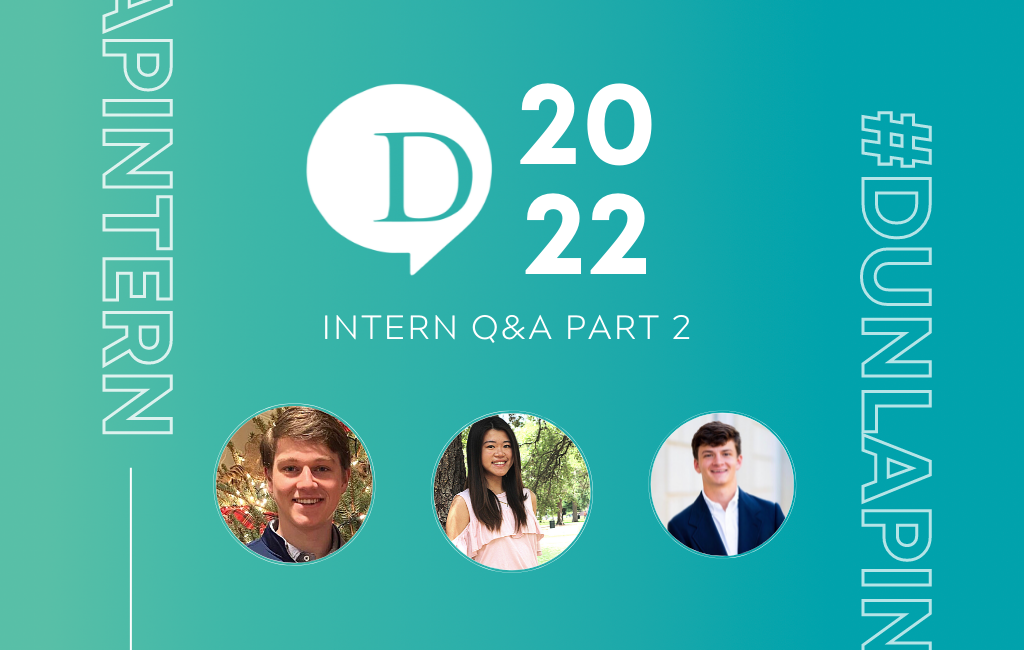While conducting a recent team meeting, I asked the staff to share their thoughts on what it takes to have successful prospecting calls. The result of this question lead to a handful of outstanding tips, which prompted me to write this article so I can share them with you.
According to the Dunlap Marketing team members, their five top prospecting call tips are:
- Listen carefully to the prospect’s tone and behavior, then adjust your approach to match
- Try holding the prospect’s attention long enough to deliver the intended message
- Get the prospect interested enough to start talking
- Keep calling, do not give up
- Be polite and grateful
Listen carefully to the prospect’s tone and behavior, then adjust your approach to match
In my early days of selling, this was called “mirroring the prospect”. I believed and saw this technique work in the early stages of my career, and I continue to see it work now.
You might ask yourself – how can I mirror a prospect I can’t see?
If the prospect answers the call, but sounds like he or she is in a hurry, consider talking a bit faster and tell them, “I know you are busy so I am going to quickly get to the reason for my call”, then do as you said you were going to do.
The objective is to match your tone and talking speed to that of your prospect.
Try holding the prospect’s attention long enough to deliver the intended message
This notion of holding attention long enough to deliver your message reminds me of writing call scripts. Call scripts should be short and to the point. Your prospects are busy and were not waiting for your call. Because of this, keep in mind that you should be grateful they took your call and avoid making them feel like you’re wasting their time.
A good way to cut back on time spent on the front end of your conversation is to consider not asking the prospect how they are doing or how their day is – often this falls into the category of wasting time. Rather, as an ice breaker, use a friendly and engaging voice and speak with a smile on your face. You might be surprised how this approach not only saves you time, but also yields better results.
Get the prospect interested enough to start talking
This goes hand in hand with holding the prospects attention, mostly because if you can get them talking, you have likely caught their attention. In most instances, the best way to get someone talking is to ask them a question.
Before you can ask a question, I feel it is important that the prospect knows why or what you are calling about – make this brief and get straight to the point. Once they know the purpose of your call, you ideally want to ask a probing question that identifies a pain or deficiency within their current situation. In our office, we have a goal of asking this initial question inside the first 15-20 seconds of the conversation. Your approach here is to get your “foot in the door”. Do not feel like you have to push yourself all the way in, just get your toes in, especially if you represent a longer sales cycle offering.
Three probing questions you can try using are:
- Does your current provider ____?
- Does ____ present a challenge for you?
- If there was one thing you can improve, what would it be?
Keep calling, do not give up
Tactful persistence is the key to success.
If your call goes unanswered or your voice mail is not returned, it is not good to assume your prospect is not interested. Chances are, it simply means your prospect is busy and has more pressing issues to deal with. At some point in time, your offering will become important to them. Your job is to stay engaged so you can learn where they are in the buying cycle or life cycle of their current situation. You want to identify trigger dates so you know when to turn up the intensity to have constructive conversations.
If you have difficultly speaking to the decision maker during early stage prospecting, try connecting with other people in the company in an effort to learn about their current situation, future timing, and satisfaction level. This information can be uncovered by different people inside one company – not just your top contact person. And most importantly, these nuggets of information will help you gauge your future timing. Capture this information and set follow up reminders in your CRM to call back accordingly. Even more, ask for email addresses and send periodic emails that contain relevant information. Be disciplined with your follow up tasks. Over time your efforts will pay off.
These habits are most critical for salespeople who manage smaller, more finite-sized prospect lists. The smaller the population of who your prospects are, the more tactful persistence will pay off for you and your prospecting efforts.
Be polite and grateful
Always make your prospecting phone calls with a smile on your face. Some of my staff are outstanding at speaking to a prospect as if the person is right in front of them. This is a gift.
Be respectful and do not be afraid to call your prospect back if they tell you they are very busy. Politeness and gratitude require you to have faith that the game of numbers is in play – and if you play the game properly, you will get your fair share of opportunities.
If you force a conversation, the likelihood is you will compromise quality outcomes (in our office, we prioritize quality outcomes over quantity of outcomes). The more you force, the more disappointment there will be down the road when implementing next steps.
If you feel like you need to be forceful, consider asking the prospect for a better time to call back. Record this information in your CRM and call them back at that time. If they do not answer, leave a voice mail and try again later in the day or the next day. It might not be easy to get them back on the phone, but keep trying. When you do connect, chances are better that you have a more productive conversation.
Being polite and grateful often go hand-in-hand with tactful persistence. Tactful persistence is most rewarding when you are also polite and grateful.
For more information on successful prospecting, feel free to reach out to me at miked@dunlapmarketing.com or call at (281) 496-9870 x140.




